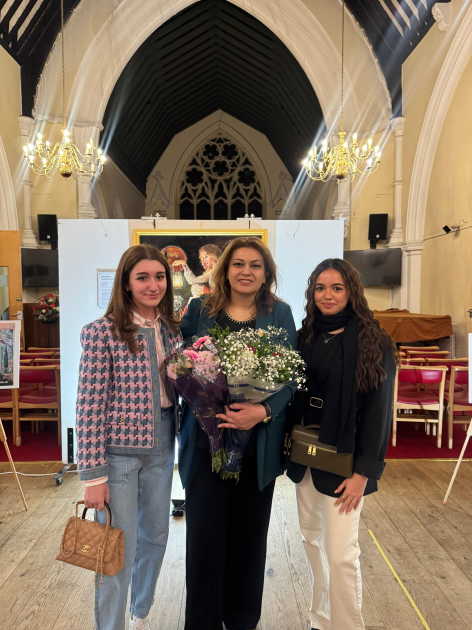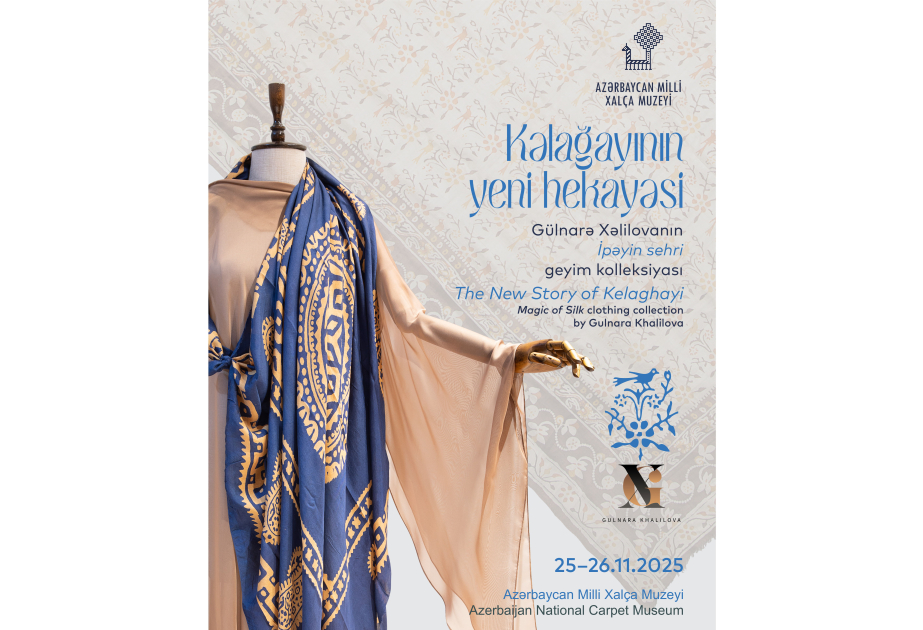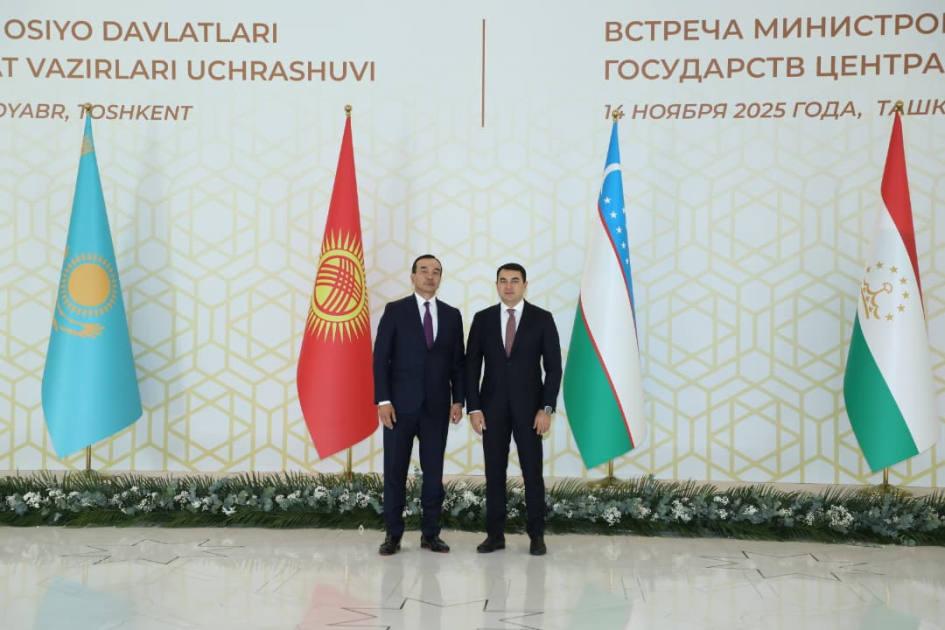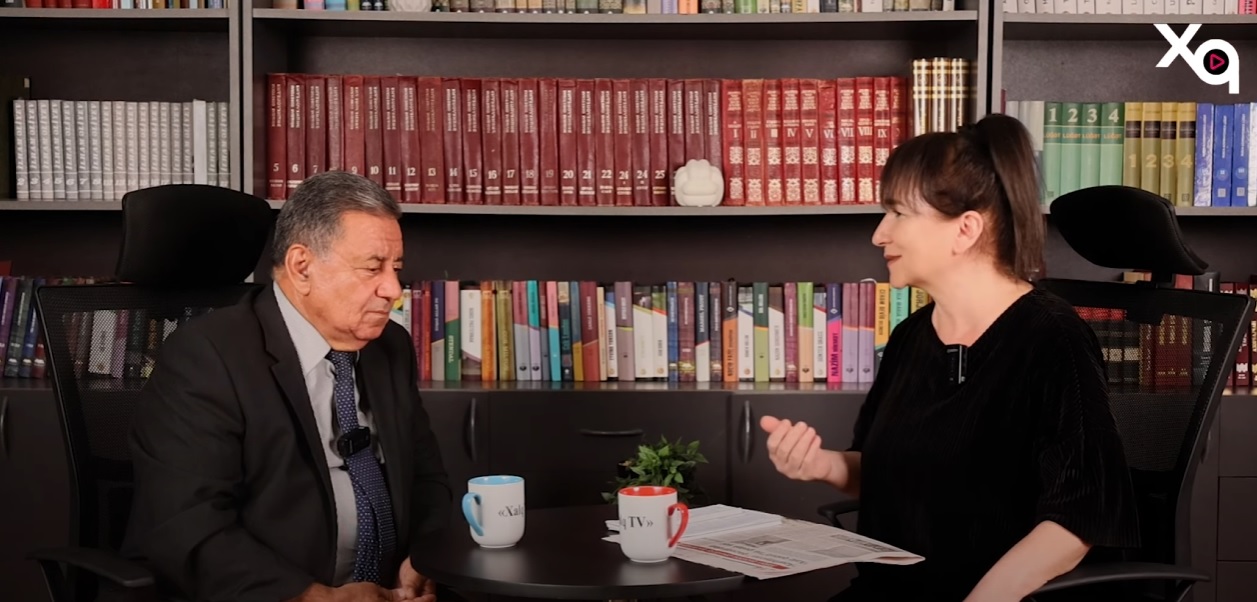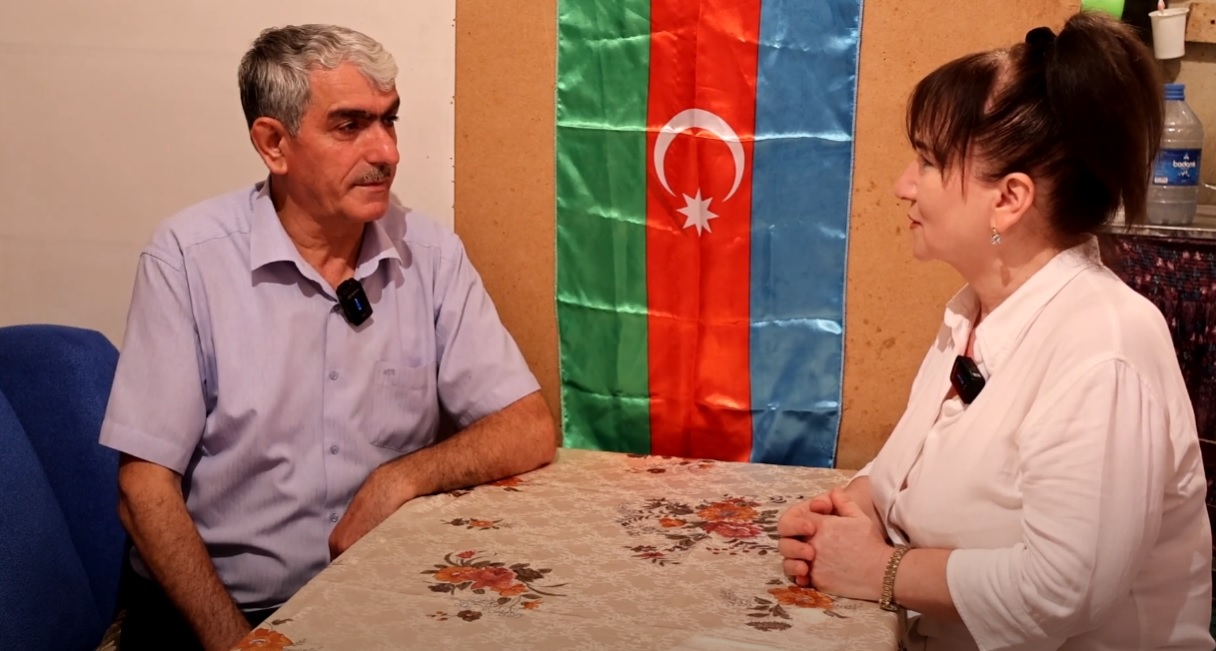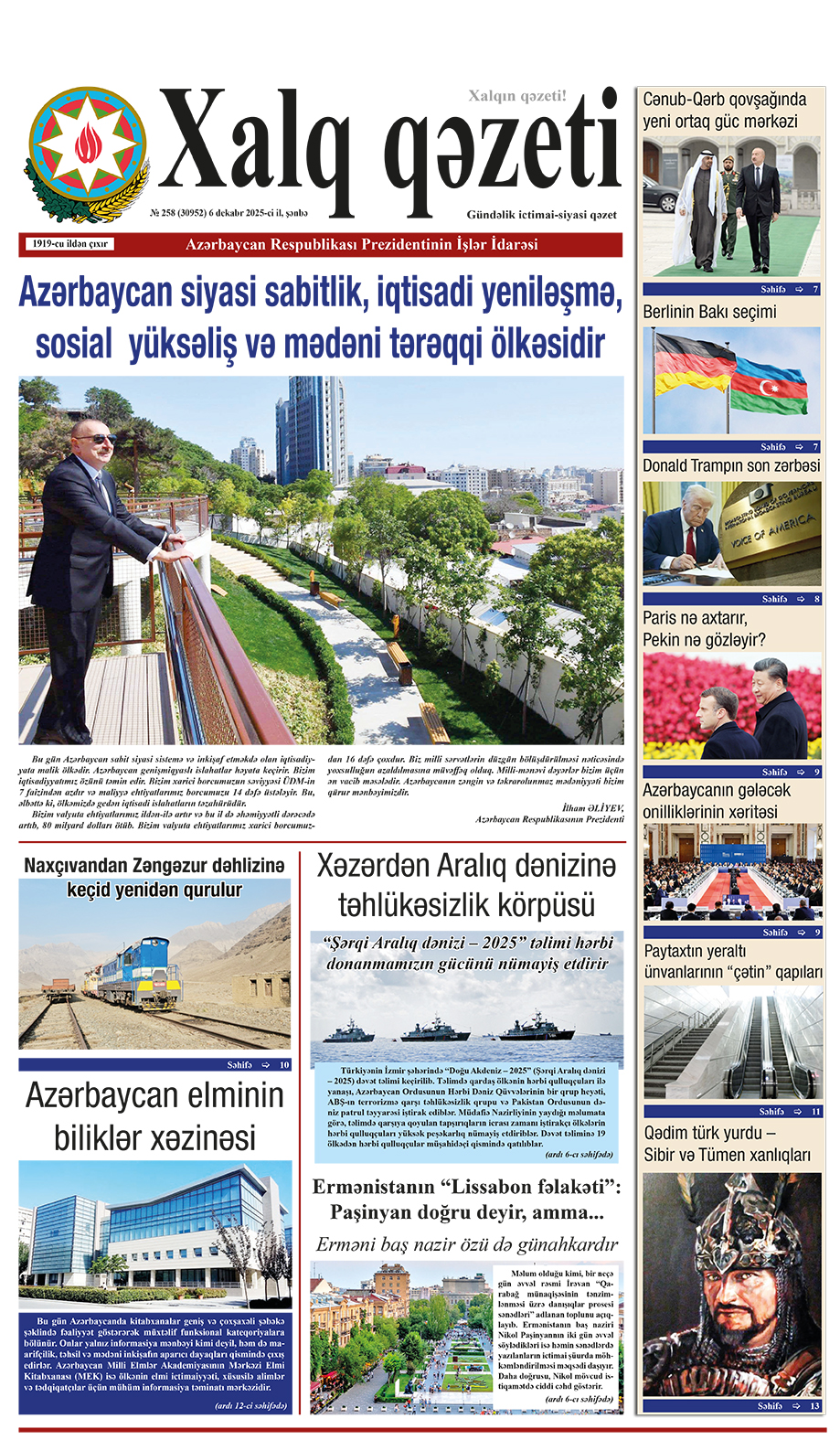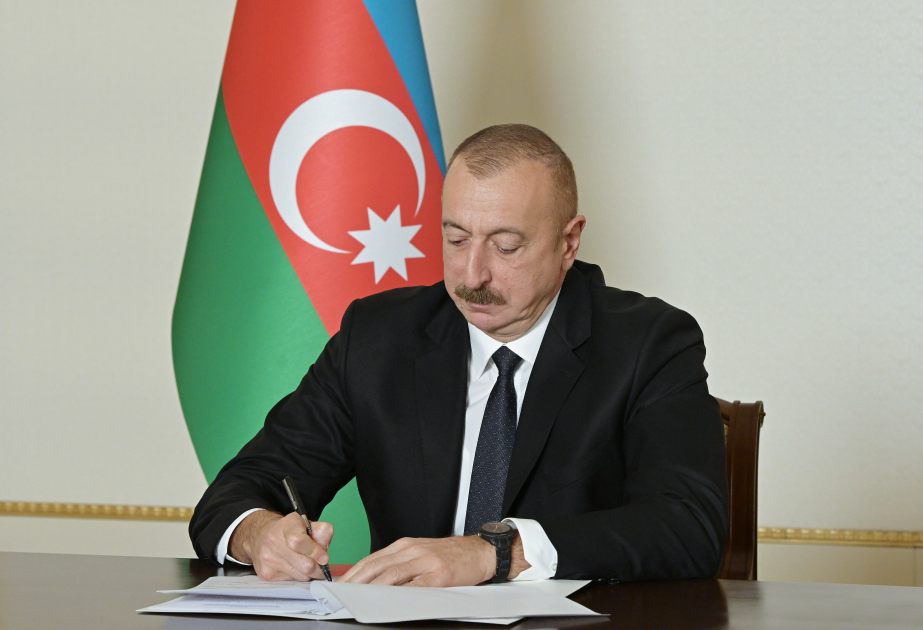On September 25, the Azerbaijan National Carpet Museum opened “The World of Tajik Embroidery” exhibition, organized jointly with the National Museum of Tajikistan.
At the event, speeches were delivered by Amina Malikova, Director of the Azerbaijan National Carpet Museum; Ilkhom Abdurakhmon, Ambassador Extraordinary and Plenipotentiary of Tajikistan to Azerbaijan; Member of Parliament Aydin Mirzazade, head of the Azerbaijan–Tajikistan interparliamentary working group; and Zafarsho Ibrokhimzoda Safo, Director of the National Museum of Tajikistan. The speakers highlighted the centuries-old friendship and cultural ties between the Azerbaijani and Tajik peoples, emphasizing that the exhibition marks a new stage of cultural cooperation between the two countries.
The opening ceremony featured an artistic program: Ashiq Samira and Ashiq Ali performed the Tajik folk song “Dilbar,” People’s Artist Gulyanaq Mammadova performed “Shodu-shod,” accompanied by a dance by Vusala Babayeva, and young pianist Firuz Juraev presented Scherzo by renowned Tajik composer Miratullo Atoev.
Embroidery is one of the most ancient and delicate forms of decorative and applied art of the Tajik people, embodying their aesthetic ideals, worldview, and spiritual values. For the first time, Azerbaijani visitors can explore a rich collection created by masters from different cities and regions of Tajikistan, including Khujand, Istaravshan, Kulob, Panjakent, Rasht, Badakhshan, and others.
The exhibition features 56 unique exhibits from the Golden Treasury of the National Museum of Tajikistan: suzani (embroidery type), chakan dresses, popurduzi (embroidery type), blankets, small suzani, prayer rugs, embroidered men’s waist bands (miyonband), mirror covers (oinakhalta), fabric wall embroidery, tablecloths, and more. The suzani collection, rich in colors and ornaments, occupies a special place among the exhibits.
Tajik embroidery reflects not only artistic taste but also the worldview of the people. Each pattern carries a special meaning—from nature symbols such as pomegranate flowers, poppies, and willow leaves to representations of the Sun, Moon, stars, peacock tails, and mallow. The embroideries are decorated with floral and geometric ornaments, epigraphic motifs, and calligraphic inscriptions.
The exhibition also highlights the distinctive form of Tajik embroidery known as chakan, which was included in 2018 on UNESCO’s Representative List of the Intangible Cultural Heritage of Humanity.
Organized by the Ministry of Culture of the Republic of Azerbaijan, the Azerbaijan National Carpet Museum, and the National Museum of Tajikistan, “The World of Tajik Embroidery” exhibition contributes significantly to cultural dialogue between the two countries. It continues the tradition of mutual cultural exchanges, including “The National Heritage of Azerbaijan: Living in Pearls of Art” exhibition held in Dushanbe on May 20, 2025. The organizers invite residents and visitors of Baku to experience the rich heritage of the Tajik people, where each stitch preserves the living history, craftsmanship, and soul of its creators.
The exhibition will remain open until October 25.


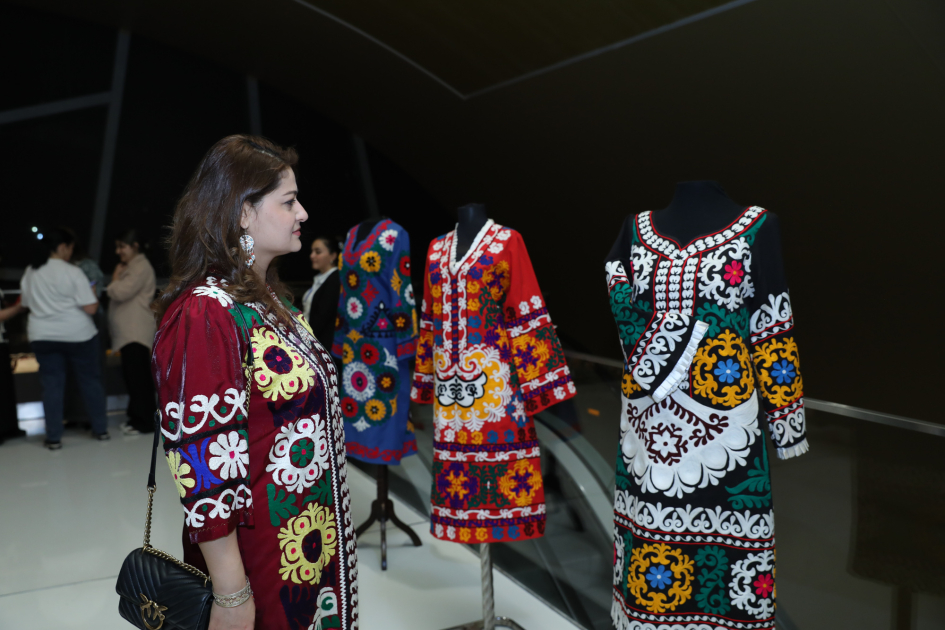
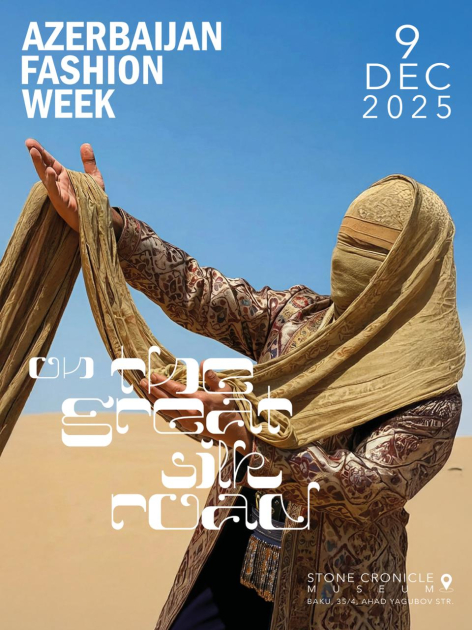
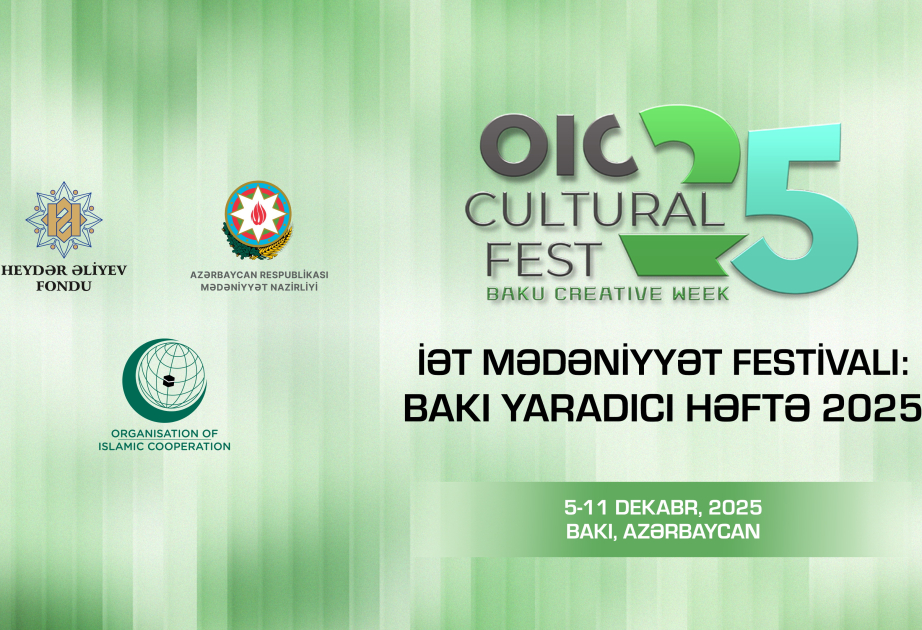
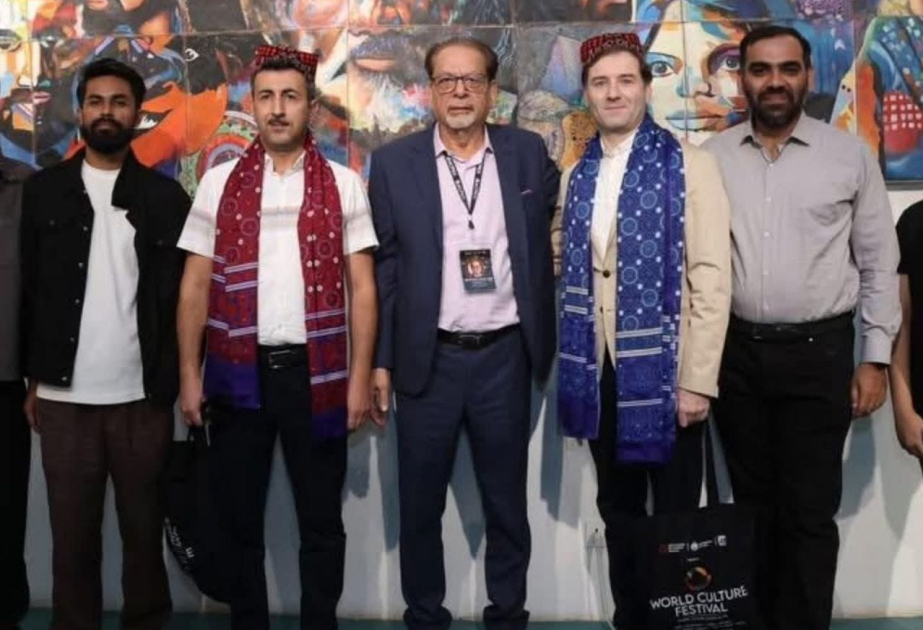
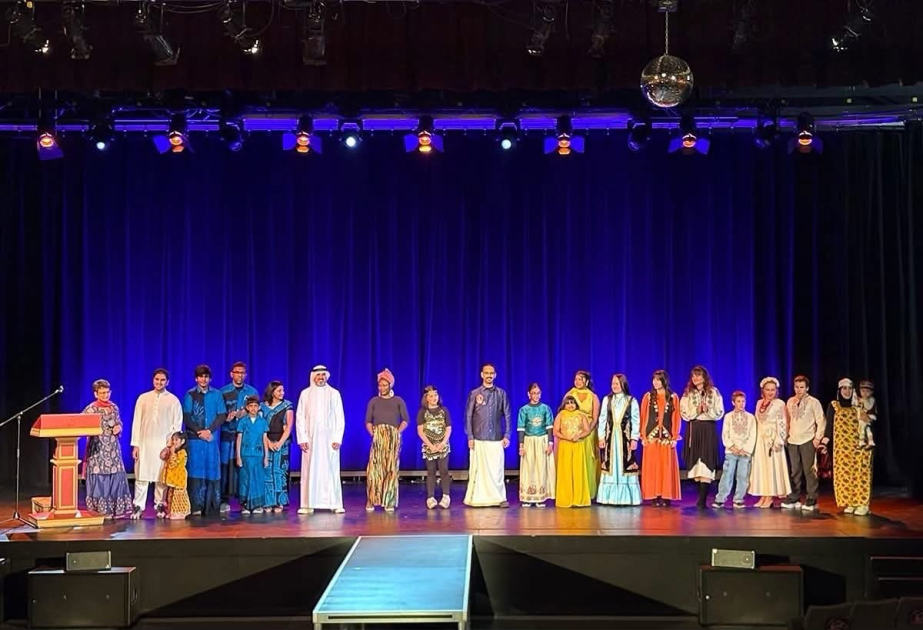
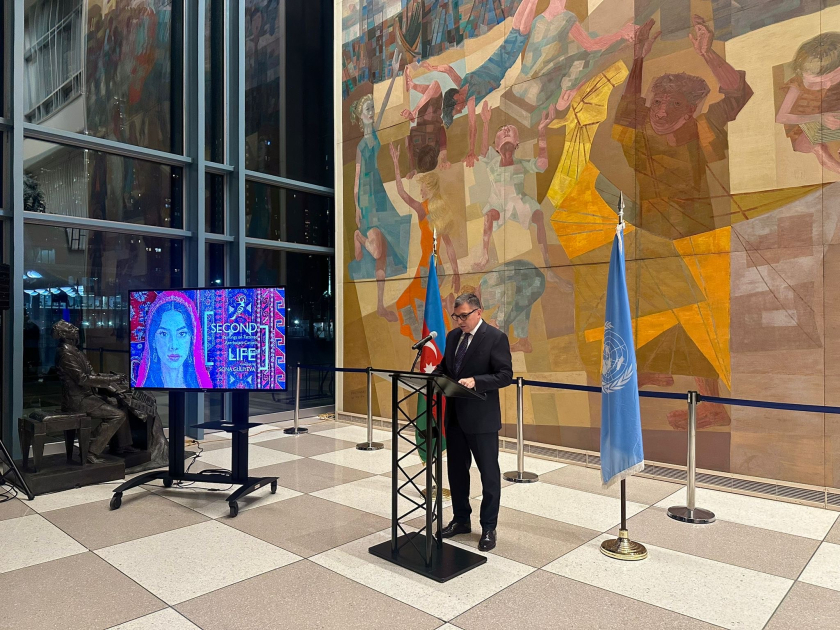
.jpeg)
